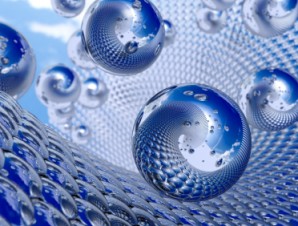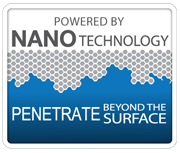Why is nanocoating technology better than old technology?
This is one we'd like your views on! Having successfully demonstrated the hydrophobic properties of nanocoatings to a number of people, we are often told “that’s very nice but there are many other products (not nano) that already do that and are similarly priced/brand leaders – why should I go the nano route?”
Apart from the fact that our coatings and impregnations are bio-degradable, environmentally friendly, non-allergenic, easy to clean, easy to apply, do not smell bad, do not put a room out of action for a long time while drying, a little goes a very long way and overall they help reduce the carbon footprint, we at Nanolia would be very interested to hear our readers’ views on this important matter.
For starters:
- Our coatings and impregnations have a “high contact angle” which means that droplets of water roll very easily over the surface, taking contaminants with them.
- Scrupulously Clean Surfaces
- At the microscopic level, treated surfaces are so smooth that they are easily cleaned – usually with just water
- Surface is so smooth that dirt and other particles find it difficult to stick depriving bacteria of food. Hence anti-microbial properties without the inclusion of biocides.
- Ultra-thin coating
- A little goes a very, very long way!
- Coatings follow the contours of a surface, meaning that they will not make non-slip surfaces slippery.
- Coatings are extremely flexible, will not crack on flexible surfaces.
- Breathing characteristic: Allow moisture – water as vapour – to pass through due to tiny gaps between nano-particles.
- Will not (usually) change the appearance of a surface. (We have some products such as Nanolia Protect that are designed to enhance surface gloss and deepen colour.)
- Environmentally friendly
- Non toxic, neither carcinogenic nor mutagenic
- Easy to apply with short drying times and no noxious fumes
- Long working life and then easily re-applied
- Water Repellent – repel water due to hydrophobic “skin” effect.



